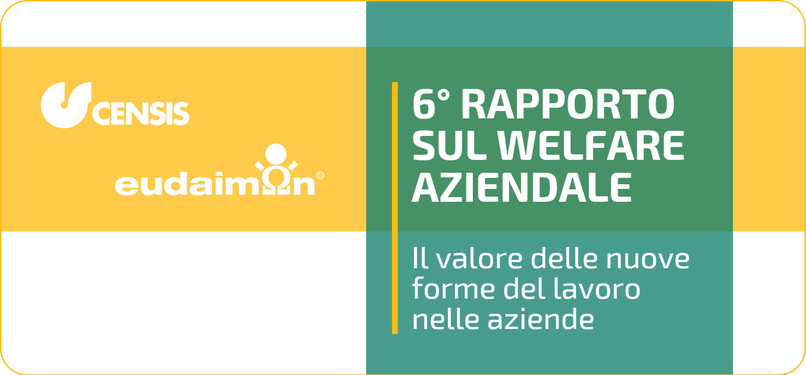The evolution of corporate welfare, thanks to the latest regulatory measures, has created an even deeper gap between two ways of conceiving and doing corporate welfare. It is no longer a question of whether there is a more correct way of acting than the other, if anything it is appropriate to clarify the distinction between the two models, so that they can be understood as two things as different as complementary and potentially coexisting.
On the one hand, corporate welfare as a composite set of income integration devices and on the other as a tool that motivates and at the same time improves the quality of life.
However, a corporate welfare in line with the subjectivity of people requires the transition from a vertical model in which the company detects and interprets the needs of workers by deciding what makes up the company welfare offer, A more horizontal model made of listening to needs as a basis for outlining an ever wider range of opportunities for workers, who must then always be able to exercise their choices in full autonomy.
